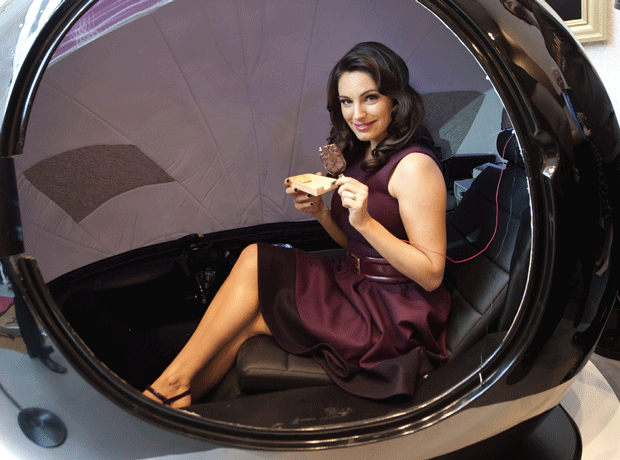The FMCG sector has overtaken finance as the biggest spender on digital display ads, a new report from PwC and IAB suggests.
Spending on digital display advertising rose to £1.30bn in 2012, with FMCG companies accounting for almost 16% of that spend, just ahead of finance companies, which accounted for 15%.
Overall digital advertising – including display ads, paid-for search marketing and classifieds – rose 12.5% to £5.42bn. By comparison, digital advertising spend in 2002 totalled just £200m.
“FMCG brands now realise that online isn’t all about click-through but that online can deliver cost-effective brand awareness”
Tim Elkington
IAB’s director of research and strategy Tim Elkington said: “FMCG brands now realise that online isn’t all about click-through but that online can deliver cost-effective brand awareness. Online has the power to increase brand preference when consumers are in store and new large display formats are being adopted by advertisers, enabling them to be more creative with their brand message.”
“Over the past two years, the digital advertising revenue model has changed from an emphasis on direct response to being more about branding and awareness,” said Anna Bartz, senior manager at PwC.
FMCG’s share of digital display ad spend has almost doubled in the last three years, from 9% at the beginning of 2009.
Stuart Byrne, UK head of digital at analyst Ebiquity, said increased spending by FMCG companies reflected that fact people were consuming more and more media. But he warned that firms were increasingly concerned with gauging their return on investment: “Feedback I’m getting from clients is about the lack of transparency or understanding about what you’re getting for your spend.
“Yes, you’re seeing more money spent, but we need to look at the quality of it is as well.”
Rise of mobile
IAB’s figures highlighted the importance of the mobile market, with over half of the £607m rise in total digital ad spend - £322.7m – due to growth in mobile advertising. It now accounts for 9.7% of all digital ad spending, compared with 1.1% in 2009.
“There’s simply so much buzz around mobile,” said Elkington. “In the last six months, 20 more of the UK’s top 100 advertisers have produced mobile-optimised websites; 4G mobile ultra-broadband is enabling a new era of richer content consumption… This will help maintain mobile’s significant momentum in attracting both consumer attention and advertising pounds.”
IAB/PwC linked the growth in mobile advertising to the rise in smartphone adoption, with 64% of the population now estimated to own a smartphone.
The importance of mobile was backed by GfK in research this week. “Around 50% of smartphone users use their phones in stores to check out prices or research products,” said GfK’s Peter Jenkins. “If you are looking at food and drink, a smartphone-ready website is key.”
However, GfK’s survey of attitudes to product innovation indicated that traditional methods such as TV ads and in-store promotions were still the best way of alerting consumers to new products. “Online has played a role, but certainly in-store is the key area,” Jenkins said.
Traditional media
Despite this warning, spending on digital ads continues to outstrip that on more traditional media. Estimates from the Advertising Association (AA) and Warc published in January put total digital ad spend at £5.3bn, ahead of spending on the press (£3.6bn), TV (£4.3bn) and out-of-home (£963.8m). The advertising market as a whole was estimated at £16.8bn.
The AA will release its final figures for 2012 on 25 April.



















2 Readers' comments